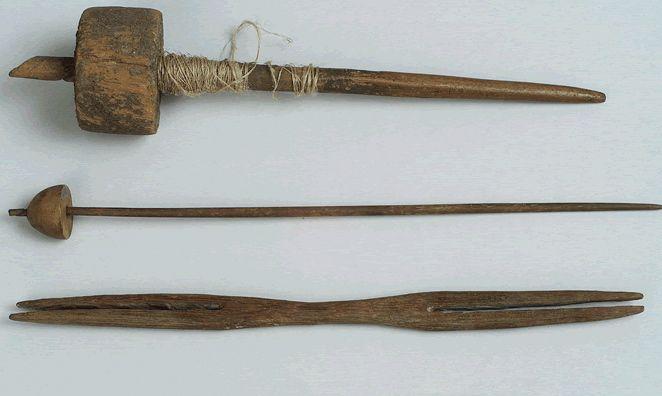The Change Weaving the World: The Background and Revolution of the Invention of Thread!

The Ingenious Invention of Yarn: A Twisted Tale of Creativity
Yarn, that humble yet transformative material, has woven itself into the very fabric of human civilization. From the earliest threads spun by ancient hands to the intricate fibers of modern textiles, the invention of yarn stands as a testament to human ingenuity and the remarkable ability to shape and mold the world around us.
The Dawn of Yarn: Turning Fibers into Threads
The origins of yarn can be traced back to the early days of human history when our ancestors discovered the power of twisting fibers together. In the hands of skilled craftsmen, materials such as animal hair, plant fibers, and even human hair were deftly manipulated to create the earliest forms of yarn.
This primitive yarn served as more than just a means of joining materials. It enabled our forebearers to craft clothing that provided warmth, protection, and a modesty that set humans apart from the rest of the animal kingdom. Moreover, it laid the foundation for the development of more advanced textiles and the eventual rise of civilizations.
Spindle and Distaff: Revolutionizing Yarn Production
As human societies evolved, so too did the techniques used to create yarn. The introduction of the spindle and distaff marked a significant milestone in yarn production. The spindle, a simple yet ingenious tool, allowed for the controlled twisting of fibers into more substantial and manageable threads. Paired with the distaff, which held the unspun fibers, this pairing became a cornerstone of yarn production for centuries.
The spindle and distaff transformed the way humans approached textiles. It allowed for greater control over the thickness and strength of the yarn, resulting in more durable and versatile materials. This advancement enabled finer textiles to be crafted, giving rise to increasingly intricate and delicate fabrics.
Industrial Revolution and Beyond: The Rise of Mechanized Yarn Production
The advent of the Industrial Revolution in the 18th century ushered in a new era for yarn production. Steam-powered machinery replaced traditional hand methods, leading to unprecedented levels of efficiency and productivity. Spinning frames and power looms revolutionized textile manufacturing, allowing for the mass production of yarn and fabric on an unprecedented scale.
With the widespread availability of yarn, clothing became more accessible to a broader segment of society. This shift not only impacted fashion but also influenced social dynamics, economics, and culture. The rise of mechanized yarn production set the stage for the modern textile industry, laying the groundwork for the diverse and complex world of fibers we know today.
Modern Marvels: The Continuation of Yarn's Evolution
While the fundamentals of yarn production have remained consistent, modern technology has taken the art of spinning to new heights. Today, advanced spinning machinery allows for the precise control of fiber thickness, texture, and even color. The introduction of synthetic fibers has expanded the range of possibilities, offering qualities such as increased durability, stretch, and resilience.
Furthermore, the resurgence of interest in handmade and artisanal products has led to a renewed appreciation for traditional methods of yarn production. Hand-dyed and hand-spun yarns have found a passionate audience, celebrating the tactile and individual nature of crafting. This blend of old and new techniques ensures that the invention of yarn continues to shape our world, from the fashion industry to the realm of creative expression.
Conclusion: Yarn's Endless Thread of Influence
The invention of yarn is a testament to human resourcefulness and adaptability. What began as a simple twist of fibers has evolved into a cornerstone of our material culture, influencing everything from clothing to art to industrial innovation. Yarn has woven itself into the very essence of human existence, a testament to our ability to create, innovate, and transform the world around us. As long as there are fibers to be spun, the invention of yarn will continue to thread its way through the annals of history, reminding us of the creative potential that resides within each twist and turn.
